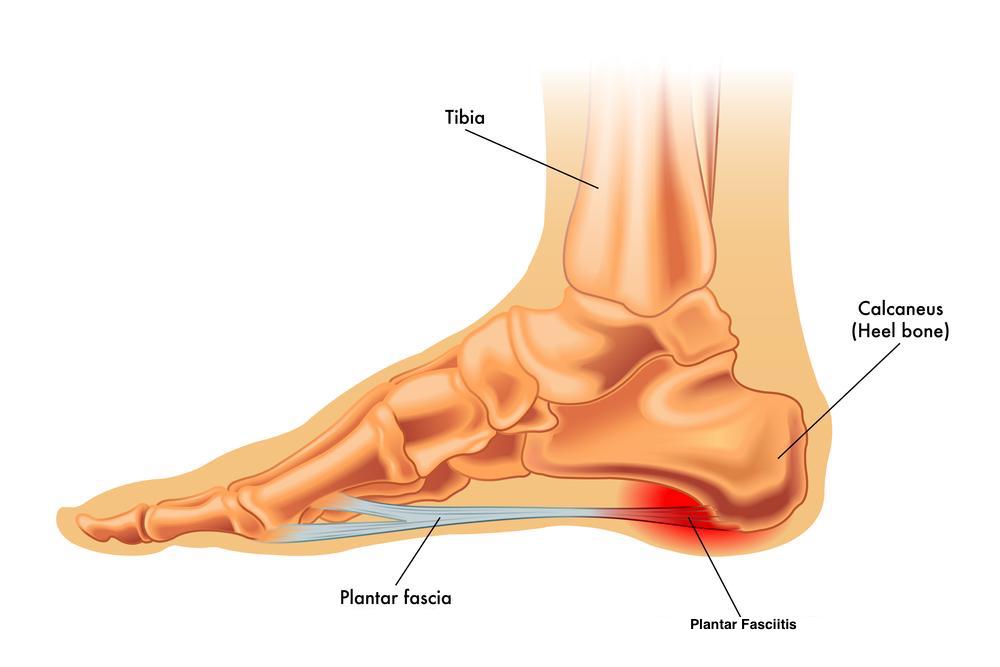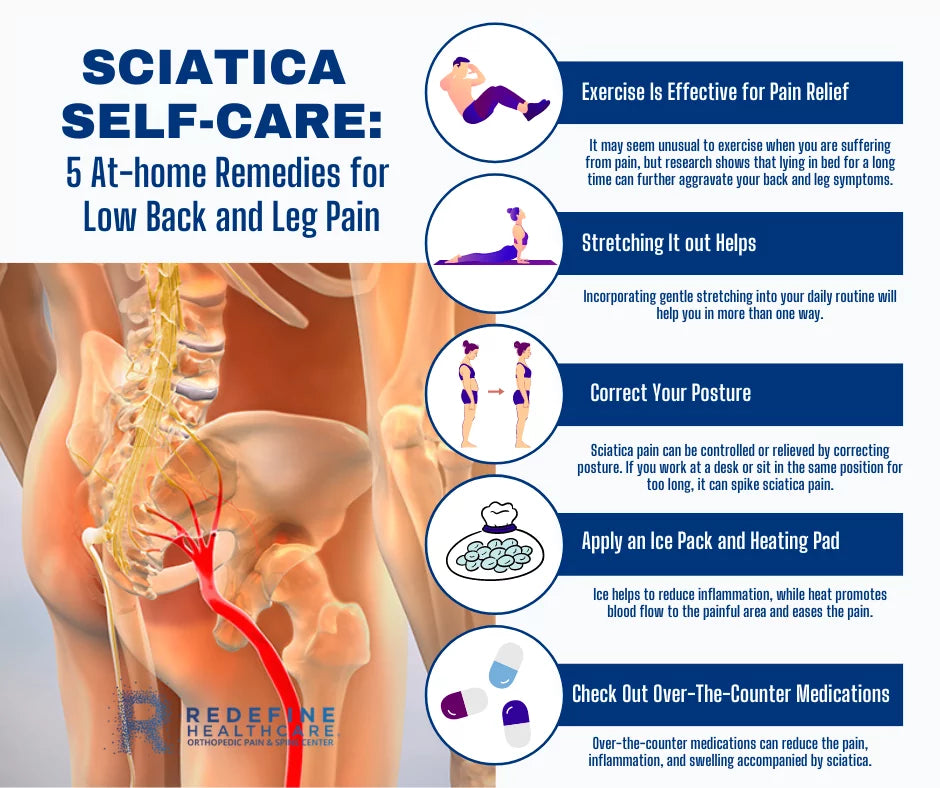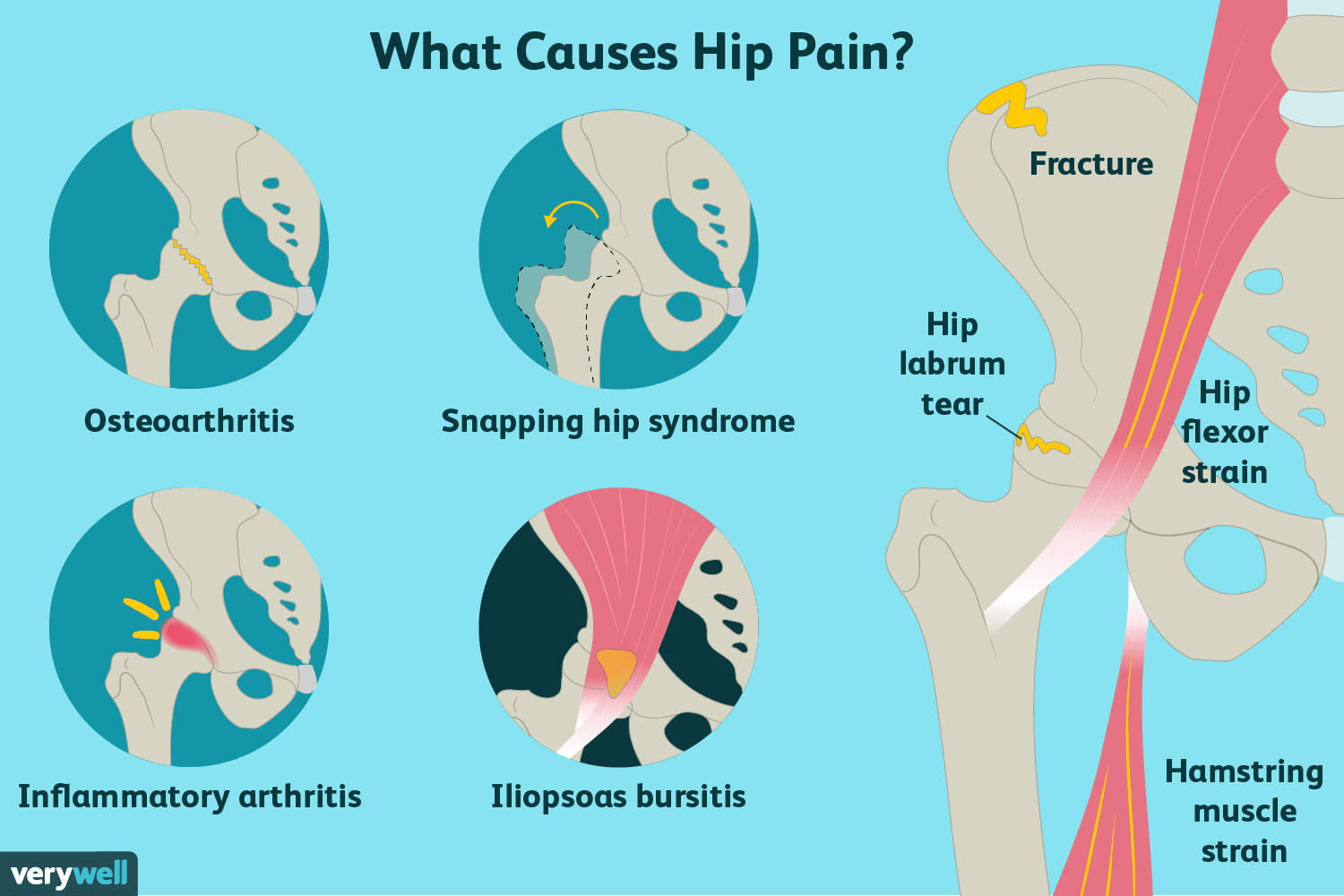Expert Tips for Swift Relief from Heel Pain
Are you tired of dealing with persistent heel pain? Look no further, as we have gathered expert tips and effective solutions to provide you with rapid relief. Whether you're struggling with plantar fasciitis or experiencing itchy feet at night, this article will guide you towards finding the right remedies for your heel pain.
Our comprehensive research includes insights from various articles and sources, ensuring that the information you receive is reliable and credible. Say goodbye to discomfort and hello to a pain-free life with our expert advice.
Let's dive into the causes of heel pain and explore the treatments and exercises that can bring you relief in just one week. With our tips and insights, you'll be on your way to healthier and happier feet. Say goodbye to the agony of heel pain and take the first step towards a pain-free future.
Key Takeaways:
- Rapid relief from heel pain is possible with expert tips and effective solutions.
- Understanding the causes of heel pain, such as plantar fasciitis and itchy feet at night, is crucial for finding the right remedies.
- Foot hygiene, soothing creams, and lifestyle adjustments can help alleviate discomfort.
- Proper footwear and supportive insoles play a vital role in managing heel pain.
- Addressing toenail issues and maintaining healthy feet is essential for overall foot health.
Understanding the Causes of Heel Pain
Heel pain can be a frustrating and debilitating condition that can significantly impact your daily activities. To effectively address and manage heel pain, it is crucial to understand its underlying causes. Two common causes of heel pain are plantar fasciitis and experiencing itchy feet at night.
Plantar Fasciitis
Plantar fasciitis is attributed to the inflammation of the plantar fascia, a thick band of tissue that runs along the bottom of the foot. This condition often presents as sharp pain in the heel, especially upon taking the first steps in the morning. It can be caused by overuse, improper footwear, or foot mechanics that put excessive strain on the plantar fascia. Individuals who are overweight, engage in repetitive activities, or have tight calf muscles are also at an increased risk of developing plantar fasciitis.
Itchy Feet at Night
Experiencing itchy feet at night can also contribute to heel pain. This condition, medically known as nocturnal pruritus, can be caused by various factors such as dry skin, fungal infections, or allergic reactions. Persistent itching can lead to scratching, which can inadvertently cause damage to the skin and trigger discomfort in the heel area. It is important to identify the underlying cause of the itchiness and seek appropriate treatment to alleviate both the itching and the associated heel pain.
By understanding the causes of heel pain, such as plantar fasciitis and itchy feet at night, you can take proactive steps towards finding effective solutions. Whether it's through targeted exercises, proper footwear, or specific treatments, addressing the root cause of heel pain is key to achieving long-lasting relief and improving your overall foot health.
| Causes of Heel Pain | Symptoms | Treatment |
|---|---|---|
| Plantar Fasciitis | Sharp pain in the heel, especially in the morning; worsens with activity | - Rest and avoid activities that worsen the pain - Stretching exercises for the calf and plantar fascia - Wearing supportive shoes with proper arch support - Using orthotic inserts or heel cups - Physical therapy or corticosteroid injections in severe cases |
| Itchy Feet at Night | Intense itching in the feet, particularly at night; potential redness or rash | - Identify and address the underlying cause of the itchiness (dry skin, fungal infection, allergic reaction) - Apply moisturizers or anti-itch creams - Use antifungal medications if a fungal infection is present - Avoid scratching the affected areas to prevent further irritation |
Effective Remedies for Heel Pain Relief
When it comes to finding relief from heel pain, there are several effective remedies that can help alleviate discomfort and promote healing. Incorporating these remedies into your daily routine can provide the relief you need to get back on your feet. From practicing good foot hygiene to using soothing creams and implementing lifestyle tips, here are some strategies to consider:
Foot Hygiene
One of the first steps towards finding relief from heel pain is to prioritize foot hygiene. Keeping your feet clean and dry can help prevent bacterial and fungal infections, which can exacerbate heel pain. Make sure to wash your feet regularly with warm water and mild soap, and dry them thoroughly, paying close attention to the spaces between your toes. Additionally, using a foot powder or antifungal spray can help keep your feet dry and prevent odor.
Soothing Creams
Applying soothing creams to the affected areas can provide temporary relief from heel pain. Look for creams or ointments containing ingredients like arnica, menthol, or capsaicin, which have analgesic and anti-inflammatory properties. These creams can help reduce inflammation, alleviate pain, and promote healing. Remember to follow the instructions on the packaging and consult with a healthcare professional if you have any concerns.
Lifestyle Tips
Incorporating certain lifestyle tips into your daily routine can also help alleviate heel pain. Avoiding activities that put excessive stress on your feet, such as standing or walking for long periods, can give your heels the rest they need to heal. Consider using supportive footwear with cushioned insoles that provide arch support and shock absorption. Additionally, practicing gentle stretching exercises for your calves and feet can help improve flexibility and relieve tension in the heel area.
By following these effective remedies for heel pain relief and making necessary lifestyle adjustments, you can find relief and promote healing. Remember to consult with a healthcare professional if your heel pain persists or worsens over time.
Managing Heel Pain with Proper Footwear and Insoles
When it comes to managing heel pain, proper footwear and supportive insoles play a crucial role in providing relief and preventing further discomfort. Wearing the right shoes can help alleviate pressure on the heels while providing necessary support and cushioning. Pairing them with high-quality insoles can further enhance comfort and alleviate pain.
Choosing the Right Footwear
The first step in managing heel pain is finding the right footwear. Look for shoes that provide adequate arch support and cushioning in the heel area. Opt for shoes with a low heel or no heel at all to minimize pressure on the heels. Additionally, consider shoes with a wider toe box to allow for proper alignment and reduce strain on the feet. Remember, ill-fitting shoes can aggravate heel pain, so it's essential to prioritize comfort and support when selecting footwear.
The Benefits of Supportive Insoles
Supportive insoles can significantly contribute to managing heel pain by providing additional cushioning and support to the feet. These insoles are designed to absorb shock and distribute pressure evenly across the foot, reducing the strain on the heels. Look for insoles that offer arch support, as this can help maintain proper foot alignment and alleviate stress on the heels. Don't forget to choose insoles that are made from breathable materials to promote airflow and minimize moisture buildup, which can lead to discomfort and foot odor.
Proper Footwear and Insole Maintenance
Once you've found the right footwear and insoles, it's important to maintain them properly to ensure their effectiveness in managing heel pain. Regularly clean and air out your shoes to prevent the buildup of bacteria and odors. Replace worn-out insoles as needed, as they may lose their cushioning and support over time. It's also advisable to rotate between different pairs of shoes to allow them to fully dry out between uses. By taking care of your footwear and insoles, you can maximize their lifespan and continue to experience the benefits of proper foot support.
By prioritizing proper footwear and supportive insoles, you can effectively manage heel pain and reduce discomfort. Remember to choose shoes that offer adequate support and cushioning, and complement them with high-quality insoles for added relief. With the right combination of footwear and insoles, you can take significant steps towards achieving swift relief from heel pain.
Understanding Toenail Issues and Abnormal Growth
In this section, we will delve into the surprising causes of toenail issues and abnormal growth, offering insights and solutions for maintaining healthy feet. While toenail issues may seem like a minor concern, they can have a significant impact on overall foot health and comfort. By understanding the underlying causes and implementing proper care, you can address these issues effectively.
Common Causes of Toenail Issues
There are several factors that can contribute to toenail problems, including fungal infections, trauma, poor hygiene, and underlying health conditions. Fungal infections, such as toenail fungus (onychomycosis), can cause discoloration, thickening, and brittle nails. Trauma, such as stubbing your toe or wearing tight shoes, can lead to ingrown toenails and other abnormalities.
Poor hygiene practices, such as not keeping your feet clean and dry, can create an environment conducive to fungal or bacterial growth. Additionally, underlying health conditions like diabetes or circulatory problems can impact toenail health. By addressing these causes and maintaining proper foot hygiene, you can prevent and manage toenail issues.
Maintaining Healthy Feet and Preventing Abnormal Growth
Proper foot care is essential for maintaining healthy toenails. Here are some tips for preventing abnormal growth and promoting overall foot health:
- Keep your feet clean and dry, especially between the toes.
- Trim your toenails straight across, avoiding curved edges that can lead to ingrown nails.
- Avoid cutting nails too short to prevent injury and infection.
- Choose footwear that provides enough space for your toes to move freely.
- Wear socks made of breathable materials to minimize moisture buildup.
- Avoid sharing footwear or nail care tools with others to reduce the risk of fungal or bacterial infections.
By following these practices and being mindful of any potential issues, you can maintain healthy toenails and prevent abnormal growth. If you notice persistent problems or have concerns about your toenail health, it's advisable to consult a healthcare professional for proper diagnosis and treatment.
Table: Common Causes of Toenail Issues
| Causes | Description |
|---|---|
| Fungal Infections | Caused by various fungi, leading to discoloration, thickening, and brittle nails. |
| Trauma | Injury to the toenail, such as stubbing or repetitive pressure, can result in ingrown nails or other abnormalities. |
| Poor Hygiene | Not keeping feet clean and dry creates an environment conducive to fungal or bacterial growth. |
| Underlying Health Conditions | Health issues like diabetes or circulatory problems can impact toenail health. |
Understanding the causes of toenail issues and maintaining healthy feet through proper care and hygiene practices can help prevent abnormal growth and promote overall foot health.
The Role of Arch Supports and Bunion Surgery
When it comes to finding relief from foot pain, two common approaches are the use of arch supports and bunion surgery. Arch supports, also known as orthotics, are devices that provide additional support and alignment to the arches of the feet. On the other hand, bunion surgery is a more invasive option that aims to correct the deformity caused by bunions. Understanding the benefits and considerations of these treatments is crucial in determining the best approach for individual cases.
Arch Supports: Enhancing Comfort and Stability
Arch supports are designed to alleviate pain and discomfort by redistributing pressure and providing proper alignment. They can help relieve symptoms associated with conditions such as plantar fasciitis, flat feet, and overpronation. Arch supports come in various forms, including insoles, inserts, and custom-made orthotics. These devices can be easily inserted into shoes, offering immediate relief and improved stability. Arch supports can also help prevent future foot problems by promoting proper foot alignment and reducing strain on the feet, ankles, and knees.
Bunion Surgery: Addressing Deformity and Pain
Bunions are bony bumps that develop at the base of the big toe, causing pain, swelling, and difficulty in wearing shoes. In cases where conservative treatments fail to provide relief, bunion surgery may be recommended. The surgical procedure aims to realign the bones of the foot and correct the underlying deformity. While bunion surgery can be effective in alleviating pain and improving foot function, it is important to understand that it is a major procedure with potential risks and a prolonged recovery period. It is crucial to consult with a qualified healthcare professional to assess whether bunion surgery is the right option for you.
Overall, the role of arch supports and bunion surgery in addressing foot pain can vary depending on individual circumstances. Arch supports offer a non-invasive, conservative approach to providing comfort and stability, making them a suitable option for many people. Bunion surgery, on the other hand, offers a more permanent solution for addressing the underlying deformity caused by bunions. It is important to consider the severity of the condition, the impact on daily activities, and the potential risks and benefits of each treatment option before making a decision. Consulting with a healthcare professional is essential to determine the most appropriate course of action for your specific situation.
| Treatment | Pros | Cons |
|---|---|---|
| Arch Supports |
|
|
| Bunion Surgery |
|
|
Conclusion
In conclusion, if you are seeking swift relief from heel pain, it is essential to understand the causes and implement expert tips and solutions. By addressing the underlying factors contributing to your discomfort, you can effectively alleviate heel pain and promote overall foot health.
Throughout this article, we have explored various remedies, therapies, and lifestyle changes that can provide you with the relief you seek. From understanding the common causes of heel pain, such as plantar fasciitis and itchy feet at night, to managing your condition with proper footwear and supportive insoles, we have provided a comprehensive guide to finding relief.
By prioritizing foot hygiene, incorporating soothing creams, and following lifestyle tips, you can enhance the effectiveness of your treatment. Remember, swift relief from heel pain requires consistent effort and a holistic approach. Take the time to care for your feet and seek professional advice if necessary.
Now armed with this knowledge, it's time to take action. Implement the expert tips and solutions shared in this article to experience swift relief from heel pain. Don't let discomfort hold you back from enjoying an active and pain-free life. Take care of your feet, and they will carry you to new heights of comfort and well-being.
FAQ
What are the common causes of heel pain?
Common causes of heel pain include conditions like plantar fasciitis and itchy feet at night.
How can I find relief from heel pain?
There are various remedies that can help alleviate heel pain, including foot hygiene, soothing creams, and lifestyle tips.
What role does proper footwear play in managing heel pain?
Proper footwear is essential for managing heel pain, and supportive insoles can also provide relief.
How can I address abnormal toenail growth?
To address abnormal toenail growth, it is important to understand toenail issues and maintain healthy feet.
What is the role of arch supports in providing foot relief?
Arch supports can help provide foot relief and alleviate discomfort. Bunion surgery is another option for addressing foot issues.




Leave a comment
This site is protected by hCaptcha and the hCaptcha Privacy Policy and Terms of Service apply.